What does the coffee tree look like? What kind of coffee do you have? What are the characteristics of flowers and fruits of coffee trees?
Professional coffee knowledge exchange more coffee bean information please follow the coffee workshop (Wechat official account cafe_style)
When you drink a delicious latte or hand-brewed coffee, it is hard to imagine that it is the product of a plant. Countless coffee trees in the world produce fruits that supply our vitality.
But what exactly does a coffee tree look like? What kind do you have? And how does the difference between the flowers and fruits of the coffee tree affect the cup of coffee we drink every day?
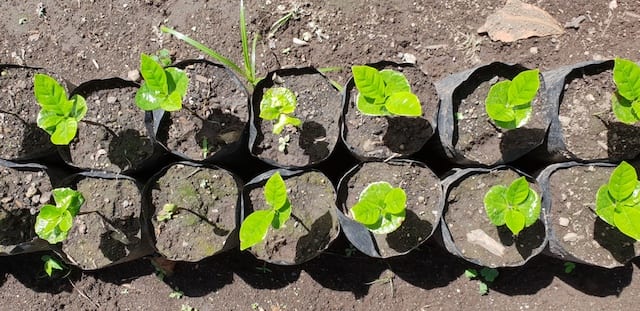
A Brief History of Coffee
When you think of coffee, what country comes to mind first? Colombia? Brazil? Indonesia? Coffee originated in Ethiopia.
Coffee has spread from Africa and the Middle East to other parts of the world over the centuries, and there are many folktales, but the best-known is that Europeans brought coffee from Yemen to colonists. It seems undeniable that the spread of coffee around the world has nothing to do with it.
Fast forward to modern times, coffee has become an indispensable cash crop in many countries in Africa, Asia and South America. Even countries that do not grow coffee themselves still drive their economies with coffee roasting and consumption.
But what exactly is coffee? What makes up a cup of coffee?
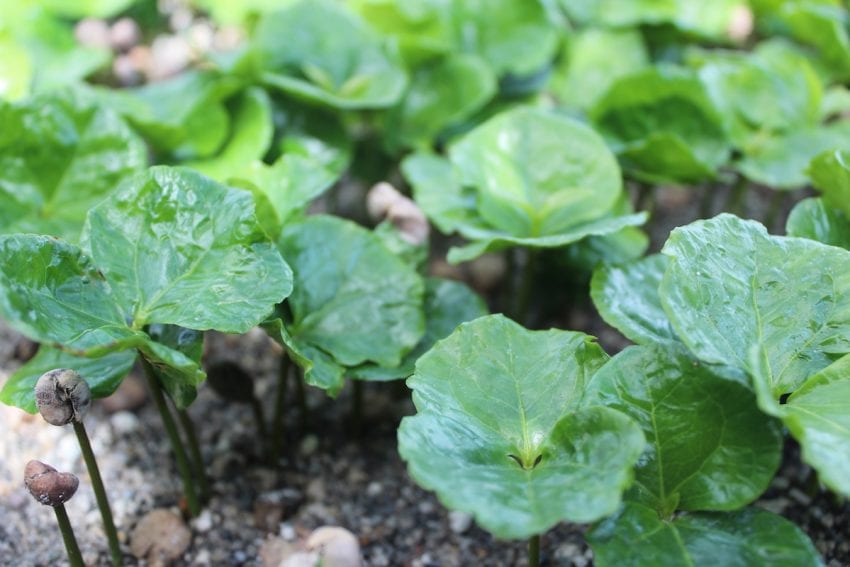
How do coffee trees grow?
Coffee beans, although called beans, are the seeds of coffee fruits, usually two seeds per fruit.
Coffee can be classified as a tree because it can grow up to a height of about nine meters, but if it is used on farms, the coffee tree must be shorter and easier to harvest at a height that is within reach of the hand, so the coffee garden often looks like a forest of bushes.
Branches and leaves
From the main branch of the coffee tree, you can see the first, second and third horizontal branches, followed by dark green and waxy leaves growing in pairs.
Alvarez, an agronomist at El Salvador's Los Tres estate, says that "leaves are the basis of plants because that's where photosynthesis takes place." In other words, no leaves means no energy. Without energy, plants will never grow into delicious fruits containing coffee beans.
coffee flower
When coffee trees are about three to four years old, they bloom for the first time. Small, delicate white flowers grow at the junction of leaves and branches, releasing a sweet aroma.
Alvarez says flowers are where the reproductive system of plants is located. In other words, leaves and flowers contribute to the reproduction and maintenance of coffee plants.
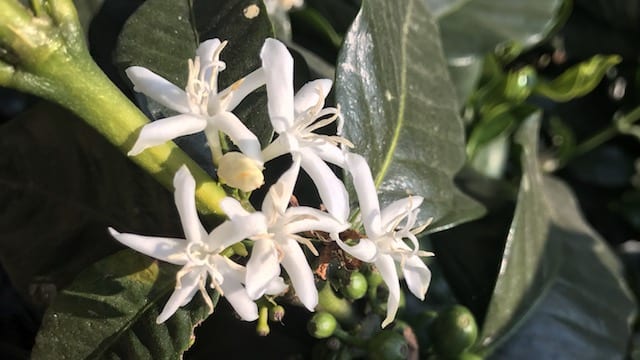
Fruit
Six to eight weeks after pollination, cherry-like fruits appear where the flowers are located. Immature cherries are green; they turn red, yellow, orange or even pink over time, depending on the variety. As the fruits mature, they become sweeter and sweeter.
And the caffeine content in the fruit actually acts as a deterrent to most natural predators. Unfortunately, it also attracts one of the worst pests in coffee: the coffee beetle, which can survive in a caffeine environment. )
There are many layers of matter in the fruit. Alvarez said that the exocarp and pulp are the outermost layer of the fruit, and then we have a mesocarp, which is where the mucus is called the pectin layer. And in the pectin layer, it is the seed coffee beans of the fruit!
Seed
In each fruit, you will find two seeds, not two unless it is a round bean or has other defects. Round beans are seeds that have only one larger, more round seed when they mature, rather than two, which happens to about 5% of seeds.
These seeds are coffee beans. After a lot of processing to remove the peel and mucus, then dry, bake, grind, and finally become our favorite drink.
But not all coffee plants are the same.
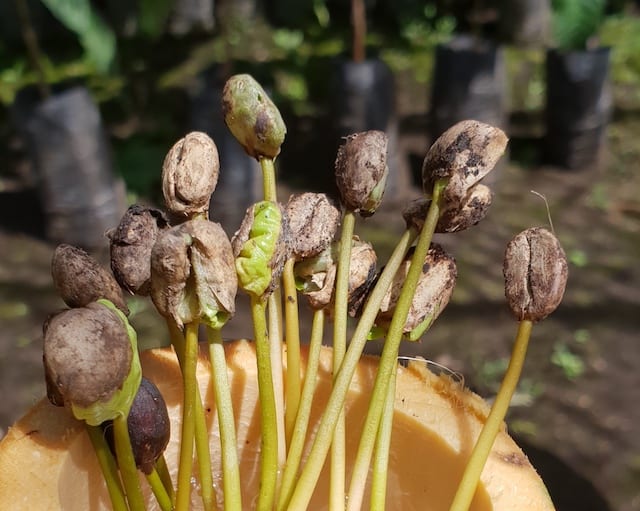
Different kinds of coffee plants
There are more than a hundred different kinds of coffee, each of which can be further divided into multiple varieties. All of these can have an impact on the taste, caffeine content and the way coffee grows.
Two main species: Arabica & Robusta
Arabica is the most widely consumed species, accounting for about 70% of the world, and its flavor quality and aroma are good. Valentina Pedrotti, a Panamanian ICFC biologist and coffee value chain analyst, said: Arabica is the only variety in the boutique coffee market.
The differences between Arabica and Robusta are as follows:
More sensitive to climate change
More likely to be affected by insects.
Grow in a lower temperature environment (usually linked to higher elevations and shade)
The fruit yield is usually low.
Low caffeine content
The taste is sweet, the flavor complexity is high, and the aroma is more.
Robusta, or medium fruit coffee, is a more adaptable species, accounting for about 30% of coffee production.
The differences between Robusta and Arabica are as follows:
Higher resistance to diseases and insect pests
High caffeine content
Grow up in a warmer environment
Higher yields can produce more fruit and therefore more seeds. However, this is also a form in which a fruit cannot get enough nutrients from a tree, so coffee is usually of low quality.
It usually tastes bitter
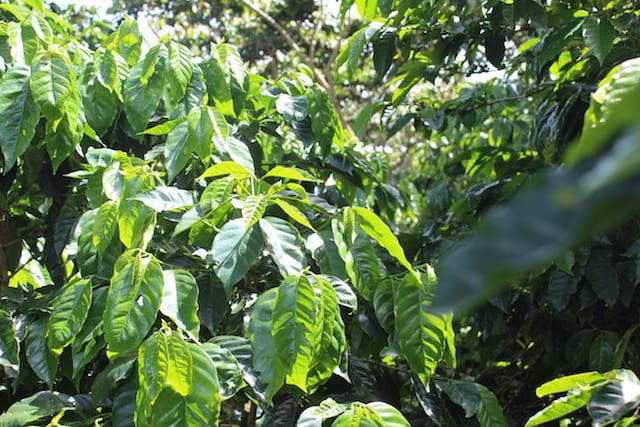
Hundreds of coffee varieties
Unlike the "species" mentioned above, we often consume several "varieties" of coffee. If you buy specialty coffee, you may be able to see what kind of coffee you are drinking on the bag.
Among them, the most common varieties include iron pica, bourbon, kadura and so on. Now best known for its floral flavor and aroma, this coffee has a tea-like taste and can sell for $803 a pound raw.
The coffee industry sometimes mixes varieties, and Pedrotti says these hybrids are bred for industry or market needs, including disease resistance, higher yield and better flavor.
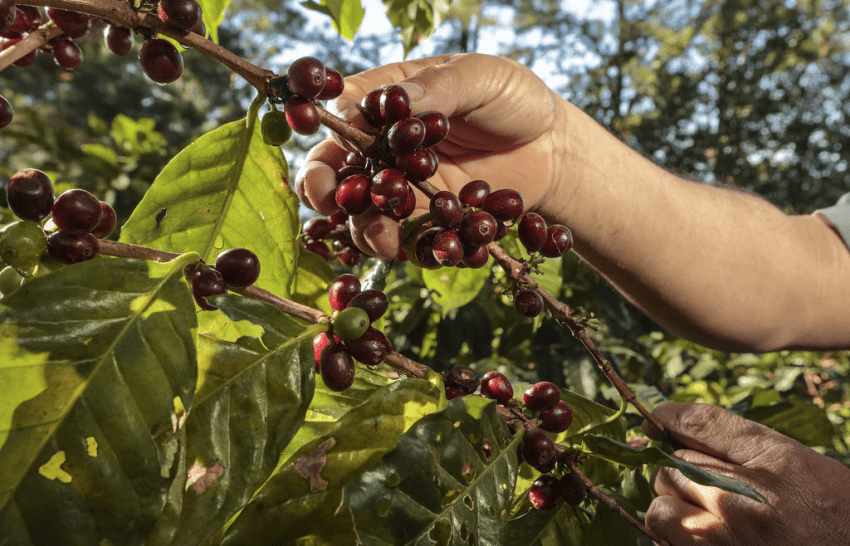
The life cycle of coffee trees
Pedrotti says coffee trees can survive for up to 80 years. But on commercial farms, Alvarez says it could be 20 to 30 years, depending on how they take care of the coffee trees.
Coffee trees will not bear fruit in the first few years of growth, and then coffee will not bear fruit until three or four years later, and then it will not produce more fruit.
The life cycle of a coffee tree is similar. As it grows, you will see its unique branches and bright green leaves. Most producers keep young fruit coffee trees in greenhouses until the seedlings are ready to be planted on the farm.
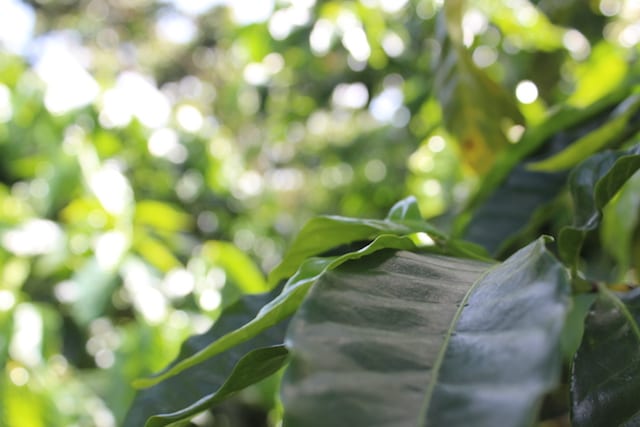
Once the coffee tree is mature, it blooms, which usually happens shortly after a lot of rain. They bear fruit shortly after flowering. In countries like Colombia, coffee trees bloom twice a year, which means two harvests a year.
Arturo Aguirre of Inchert Estate in Guatemala says producers and farm employees need to know how to recognize when coffee is ready for harvest.
Arabica takes about nine months from flowering to harvest.
Robusta can harvest two to three times a year, depending on the climate and soil of the planting area.
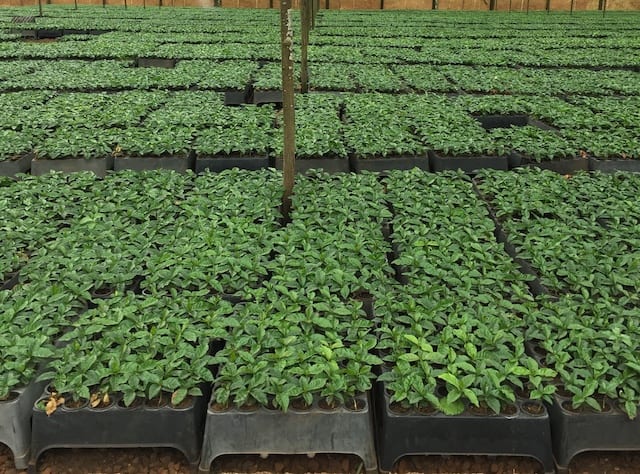
In terms of appearance, the coffee tree is a beautiful plant with red fruit and white flowers, and may be a stout low-altitude variety, or a delicate but good-flavoured high-altitude variety, a seedling or an old tree. Coffee trees full of ripe fruit or only dark green leaves. No matter which form, it comes from this tree, we can enjoy our favorite coffee every day, and there are countless people around the world who depend on it for a living.
Translated from Perfect Daily Grind.
Translated by Cheng Zhen Coffee
END
Important Notice :
前街咖啡 FrontStreet Coffee has moved to new addredd:
FrontStreet Coffee Address: 315,Donghua East Road,GuangZhou
Tel:020 38364473
- Prev
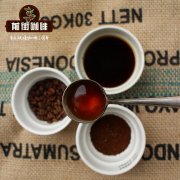
Description of coffee flavor in main producing areas of coffee taste characteristics of coffee producing area
Professional coffee knowledge exchange more coffee bean information Please pay attention to the coffee workshop (Wechat official account cafe_style) Coffee beans are mainly divided into three places: Africa, America, Asia and Africa: Ethiopian coffee has a strong orange flavor, Kenyan coffee has a strong berry flavor, as well as sour aromas of black plum juice and grapefruit, and sweet sugar cane flavor. Tangerine from Ethiopian coffee
- Next
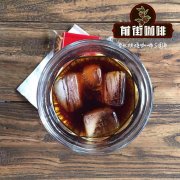
Can lemon be added to coffee? what are the benefits of drinking coffee for a long time?
Professional coffee knowledge exchange more coffee bean information please pay attention to coffee workshop (Wechat official account cafe_style) lemons are rich in potassium, but the sodium content is very low, the main fat-burning principle of coffee is to promote blood circulation, which is also the key factor to reduce leg edema, adding lemon coffee, can use the osmotic pressure principle to speed up the diuresis and detumescence effect of coffee, at the same time
Related
- Beginners will see the "Coffee pull flower" guide!
- What is the difference between ice blog purified milk and ordinary milk coffee?
- Why is the Philippines the largest producer of crops in Liberia?
- For coffee extraction, should the fine powder be retained?
- How does extracted espresso fill pressed powder? How much strength does it take to press the powder?
- How to make jasmine cold extract coffee? Is the jasmine + latte good?
- Will this little toy really make the coffee taste better? How does Lily Drip affect coffee extraction?
- Will the action of slapping the filter cup also affect coffee extraction?
- What's the difference between powder-to-water ratio and powder-to-liquid ratio?
- What is the Ethiopian local species? What does it have to do with Heirloom native species?

